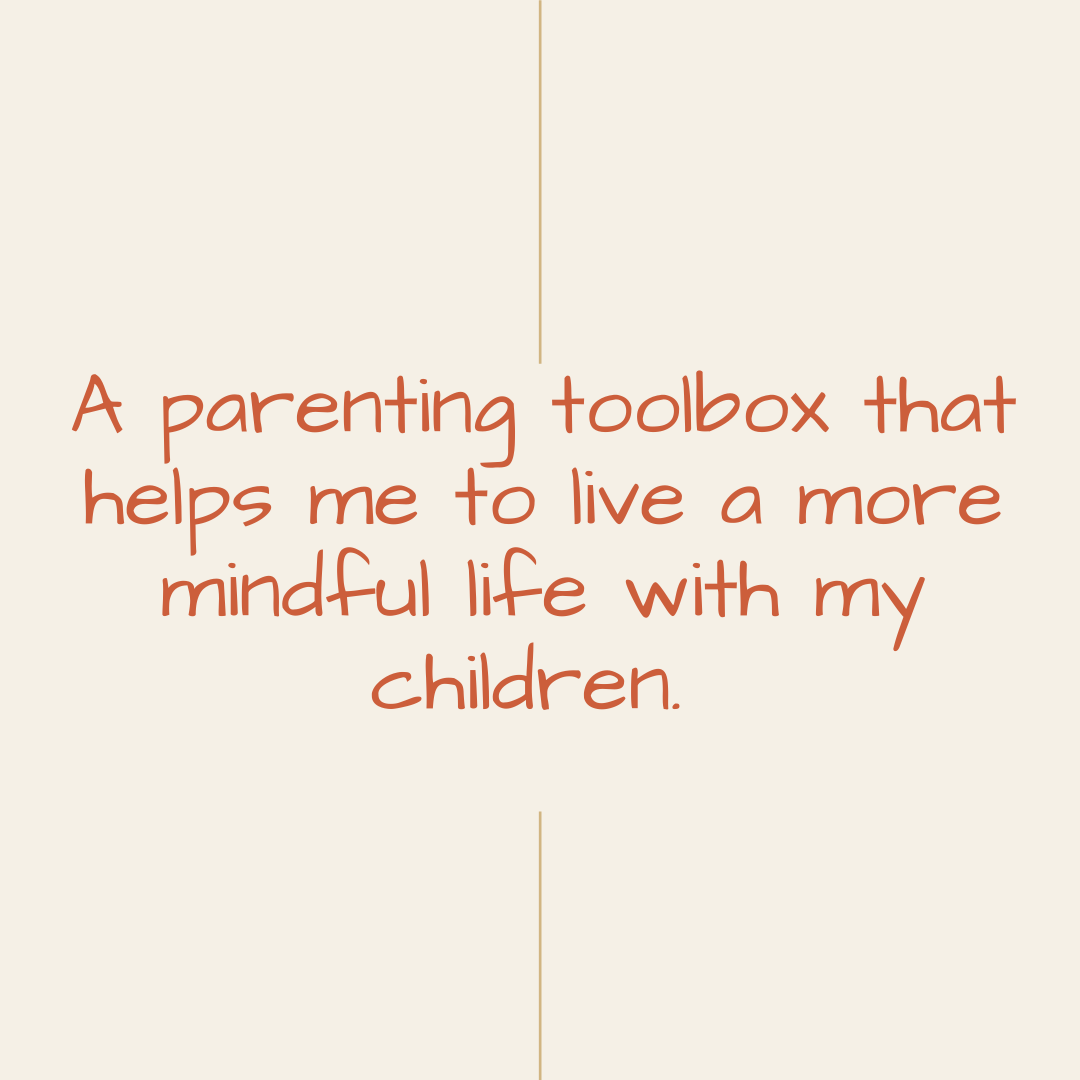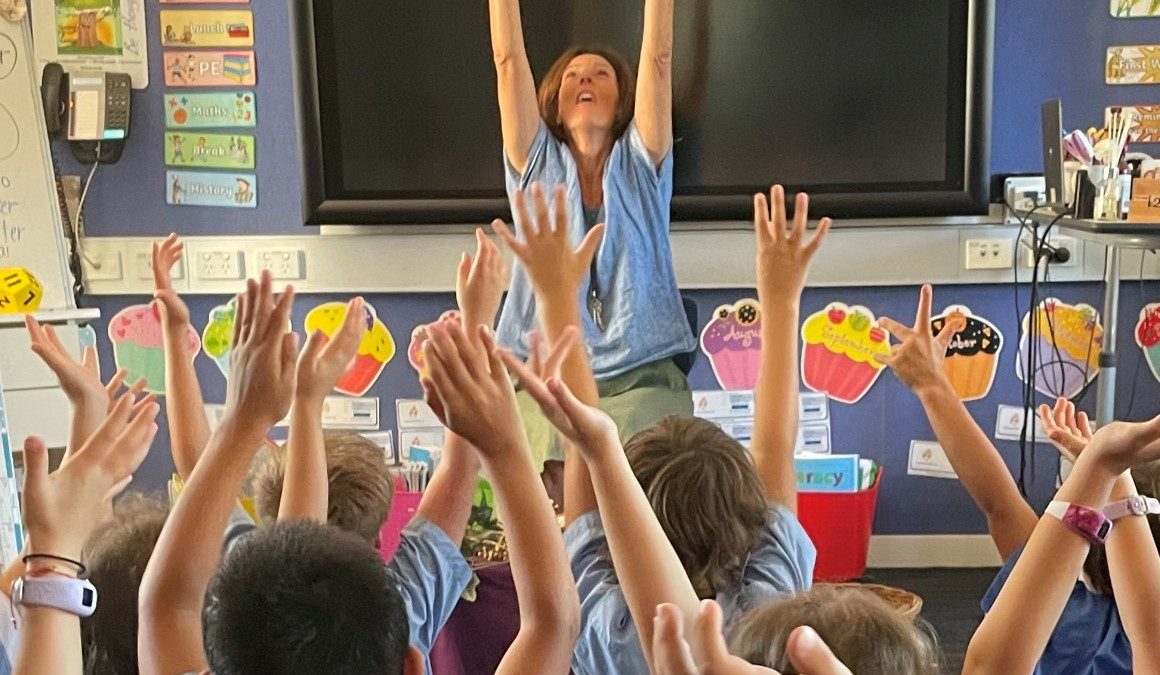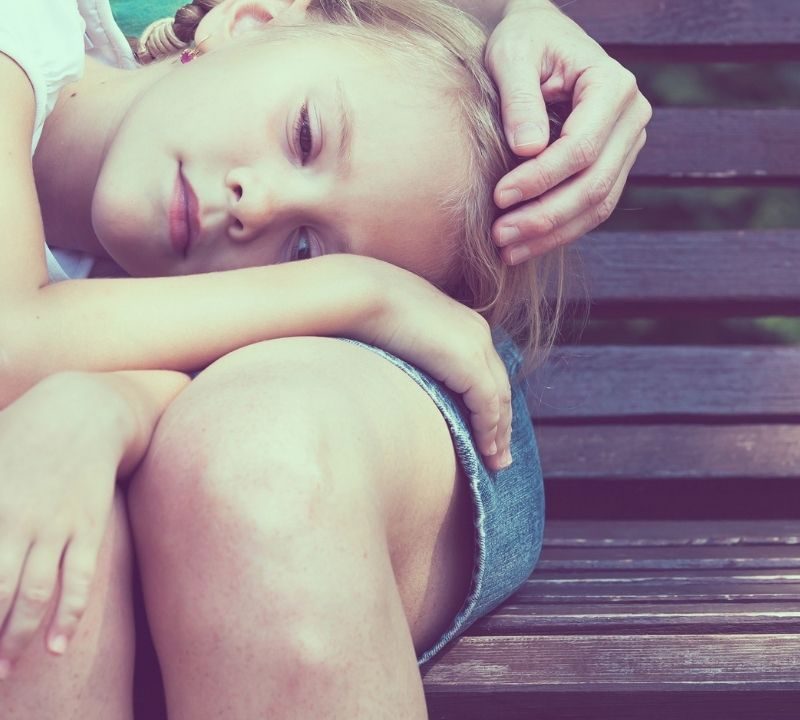
Toolbox for Parents
30/03/2021
Ten Conversations You Must Have with Your Son
13/05/2021When we teach mindfulness to children, we give them the tools they need to build confidence, cope with stress, and relate to uncomfortable or challenging moments. The earlier we do so in their young lives, the greater the opportunity to help them cultivate resilience and develop and refine their mindfulness practice as they mature.
Teaching mindfulness to children can also help shape three critical skills developed in early childhood: paying attention and remembering information, shifting back and forth between tasks, and behaving appropriately with others. These abilities are known as executive functions and they are essential for more advanced tasks like planning, reasoning, problem-solving, and positive social relationships.
The Benefits of Mindfulness for Kids
Studies show that the benefits of mindfulness for kids may include:
1. Increased focus, attention, self-control, classroom participation, compassion.
2. Improved academic performance, ability to resolve conflict, overall well-being.
3. Decreased levels of stress, depression, anxiety, disruptive behaviour.
By teaching children meditation and mindfulness skills we help them increase their well-being and enable them to meet the stresses of the world with presence, self-compassion, and openness.

In order to help kids of all ages find their way into practicing mindfulness, it can be helpful to give them an easy definition they can relate to.
A Definition of Mindfulness Meditation for Children
Mindfulness meditation, at its simplest, is paying attention to what is happening in the present moment. It may be what you’re feeling, hearing, or anything else you notice. There’s no special place of calm you have to reach and it’s not about clearing your mind, it’s just an honest and kind look at what you’re experiencing in this moment.



